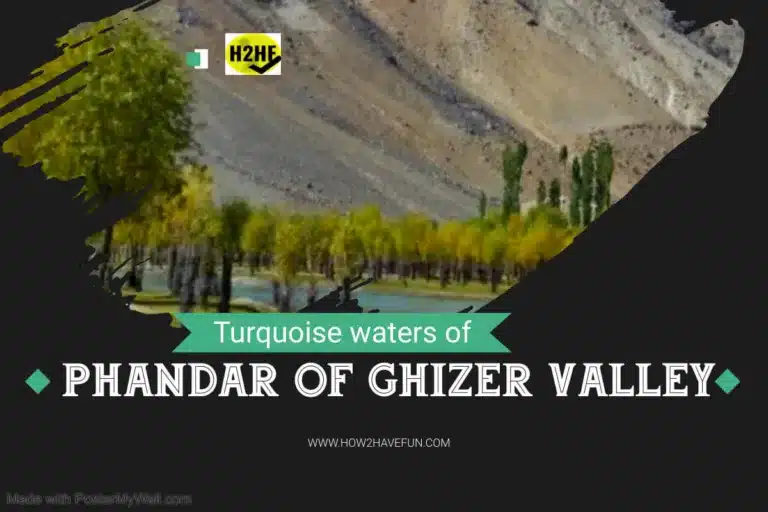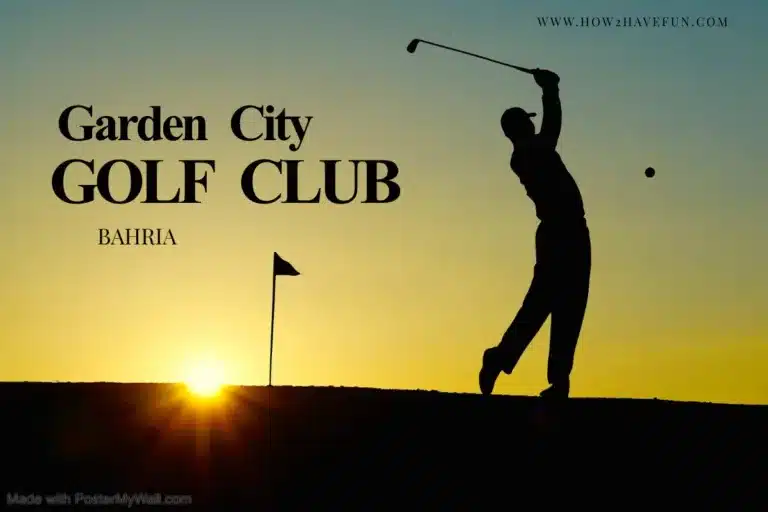I met the ghost of Tilla Jogian Hindu Temple, Jhelum, Pakistan
Tilla Jogian Hindu and Sikh temples.

I had decided to turn back my 4×4 after a grueling 3 hours of extreme off-road driving, navigating boulders, mudslides, sheer ledges, and humid conditions — in my ascent to reach the 1st century BC ascetic retreat Tilla Jogian.

The moment I headed downhill on a 40-degree descent, suddenly a woodcutter appeared out of nowhere. He had bloodshot eyes and a drawl that was not native to Jhelum. He encouraged me to push on ahead on a barely visible stone track with thick vegetation scraping the paint off my vehicle saying, “mai le ke jawan ga (I will take you to the top)”. I was wary of the ax-wielding hermit in the middle of a dark, damp jungle with rain-fed ponds, but the way he said it gave me assurance that we were going to be safe.
I drove through thick vegetation to create space for my hulking 4×4 that seemed to squeak and groaning under the strain of an impossibly rocky track.

After a few minutes that seemed like a lifetime, the crown of tilla jogian site appeared right beside us like a solid rock cliff. A few sharp turns later, a meadow opened up into the ancient Tilla Gorakhnath or Balnath Hindu monastery. I took a minute to absorb the sensory overload of the Tilla Jogian when I suddenly remembered about my passenger; the mysterious character was nowhere to be found! Maybe the spirits of Gorakhnath or Guru Nanak wanted me to experience enlightenment at their site.
The weather at Tilla Jogian Hindu and Sikh Temple complex is most pleasant in the peak summer season. The temperature at Tilla Jogian top never rises above 30 Degrees Celsius. In winters, it gets really cold. Since it is far from Tilla Jogian Army firing range, there is no risk of injury while you are there. The map of route, location and Google maps image are all pasted below for your reference.


There is a Phalina Noor Dam right at the foothills of Tilla Jogian Hindu temple and Sikh Gurdwara Complex, worth visiting itself.

These are the 5 takeaways from Tilla Jogian temple complex:-

The tranquility and aura of the place are unmistakable. The cool breeze, scents of flora, clouds floating past me, and the 3200 ft. cliff overlooking Eastern Punjab is just heavenly. There are several cliffs besides this one that is at a short hike from the main square. It’s absolutely quiet here; you can hear your heartbeat amongst rustling vegetation.


Building temples in Tilla Jogian must a feat of engineering.

The complex has 12 decrepit temples, dug up by grave robbers for gold coins and gem-studded swords.

The complex still has its grandeur and reverence. The only thing I dug up was mud from my tires so that my vehicle wouldn’t slide.

Then there is the British DC’s summer home, the sacred ponds, forest rest house, servant quarters, and the Gurdwara. The pond was supposed to catch rainfall and baptize Hindus to this order, but it has sprung a leak now.

The history starts from the mention of Gorakhnath in ancient Hindu narratives dating back to BC times. Gorakhnath was the most influential Hindu priest on this side of the fence. He founded the ‘kanphatta (pierced ear)’ mystical order that preferred asceticism. Even today Gorakhnath followers spread across India and Nepal. Who would have imagined Nepali Gorkhas were actually named after a Pakistani hermit? (That’s a joke). Guru Nanak (1469 -1539) the founder of Sikhism meditated here for 40 days. Ranjit Singh (1780-1839) built a monument on an adjacent peak, in respect of his Guru. The Mughal Akbar (1556-1605) came here several times and commented on the ancient history of the place. Ahmad Shah Abdali ransacked the temple in the mid-1700s. Even Ranjha had his ears pierced at this site when Heer dumped him for the richer Khera family (Heer Ranjha, 1766). The most interesting historical snippet is the mention of Alexander’s historians of how Porus’s elephants ran up a ‘hill of filnath (Balnath)’ to plead gods not to fight the invader.



The fauna I saw there were wild boars, peacocks, migratory gulls, camels, dingo dogs, and beautiful birds. I was told there were Urial (mountain goats) there as well, which I didn’t see. The ecology was still preserved. The flora was pine trees, acacia, wild pomegranate, and vast fields of untouched cannabis. I guess the hermits knew how to party too!

You can also hike to the top from a village named Bheit. Do not attempt to hike 3 hours to the top unless you are very fit and can carry 5 kgs of water. The rocky (boulder) track for 4×4 vehicles is very rough. It starts just 10 minutes after leaving Rohtas Fort from the rear. It is marked by a green Mazar sign. Turn left and head into the hill for a 3 hrs. journey to the top. It will get very hot on the way with no water or food. Do bring your hunting knife, tow strap, fuel can, and shovel, just in case your vehicle gets stuck — as mine did.
If you can bring enough water, this place is an ideal camping site for summers. I am sure Indians would be rushing to visit this place the minute Pakistan allows religious tourism.
On your way back, don’t forget to visit Rohtas Fort,
Siri Chowa Sahib Singh Gurudwara,

Grave of Khair un Nisa, some references mention her being a trusted fighter of Sher Shah Suri.

Do watch the video.









You describe your journey interestingly
Thanks for appreciating.
Interesting!
Very interesting
Very interesting and very well written